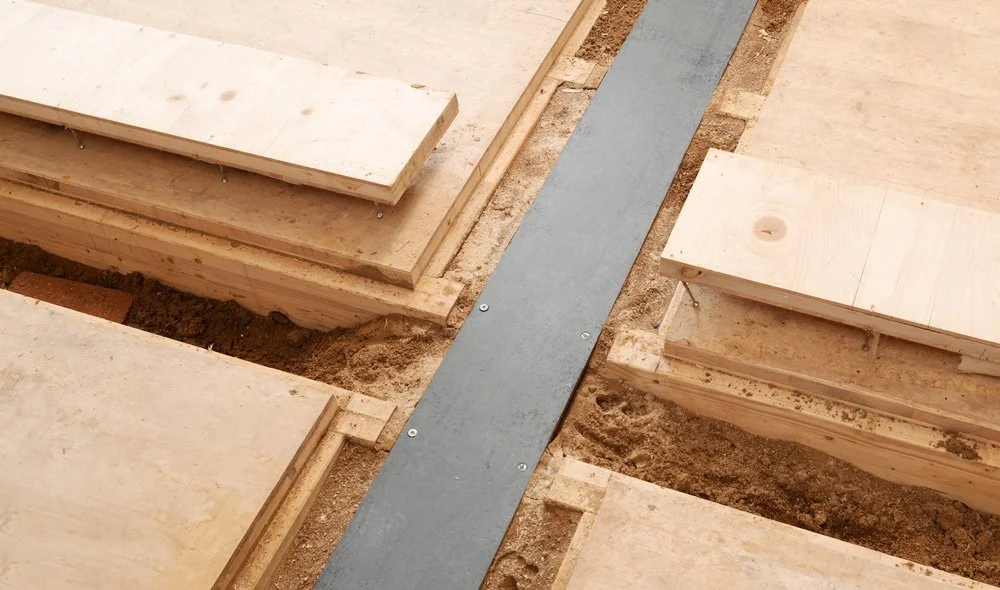Clay fact sheet
Key Facts Clay Building Boards
CO₂ emissions: 23.37 kg/m³
Specific gravity: 700 kg/m³
Fire protection class: A1 according to EN 13501-1; DIN 4102
Thermal conductivity: 0. 13 W/m.ºK
Key Facts Clay Plaster
CO₂ emissions: 98.62 kg/m³
Specific gravity: 900 kg/m³
-
very good thermal insulation
diffusible buffers air humidity/sorbs odors, positively influences room climate
very good sound insulation (sound insulation index 46 to 50 dB)
Durability: 200 years installed without loss of quality - that's real sustainability!
-
Lehm besteht aus Ton, Sand und Schluff verschiedene Korngrössen von > 63 µm/> 2 µm/< 2 µm und entsteht durch natürliche Verwitterung von Primärgestein
Due to special structural properties of clay, clay hardens solely by evaporation of water and adheres by mechanical entanglement: binding force does not have to be produced by energy- and CO₂-intensive firing processes
Clay is latent heat storage, absorbs heat from a certain point and releases it again
Environmental toxins are filtered through clay
-
the raw materials clay and sand are mixed with the addition of water
reed mats are used for reinforcement and jute fabric is inserted on both sides (on the upper sides)
technical drying takes place after molding
-
Drywall - clay building boards or clay bricks
Clay plasters - exterior and interior
Clay soils - clay screed and rammed clay soils
Ceilings and roof - straw or light clay, clay bricks/fill or clay building boards.
Clay walls - non-load bearing and solid
-
simplified per m³ clay building boards (basis: 700 kg/m³)
1 m³ is the equivalent of 50 2 cm x 100 cm x 100 cm clay building boards
technical drying is carried out using thermal energy from natural gas. This energy input dominates the life cycle assessment results.
Incorporation of CO₂ through photosynthesis during reed and jute growth is taken into account. The incorporated CO₂ is released again at the end of the life cycle, e.g. after thermal treatment or rotting.
Manufacturing emissions module A1-3: 23.37 kg CO₂
CO₂ capturing: 0.85 kg incl. recycling/credit for net material quantity (reclaimed quantity less processing losses) for substitution of clay powder
-
Degradation of clay causes low impact on environment - reusable through recycling
our clay is extracted regionally - short transport distances
-
CO₂ calculation according to ÖKOBAUDAT, in accordance with ISO 14067 & EN 15804+A2
DIN 18948 (2018) Clay building boards
Schroeder, H.: Clay Building (2019). 'Planning and building ecologically with earth' Wiesbaden: Springer Vieweg Verlag, 3rd ed.'





